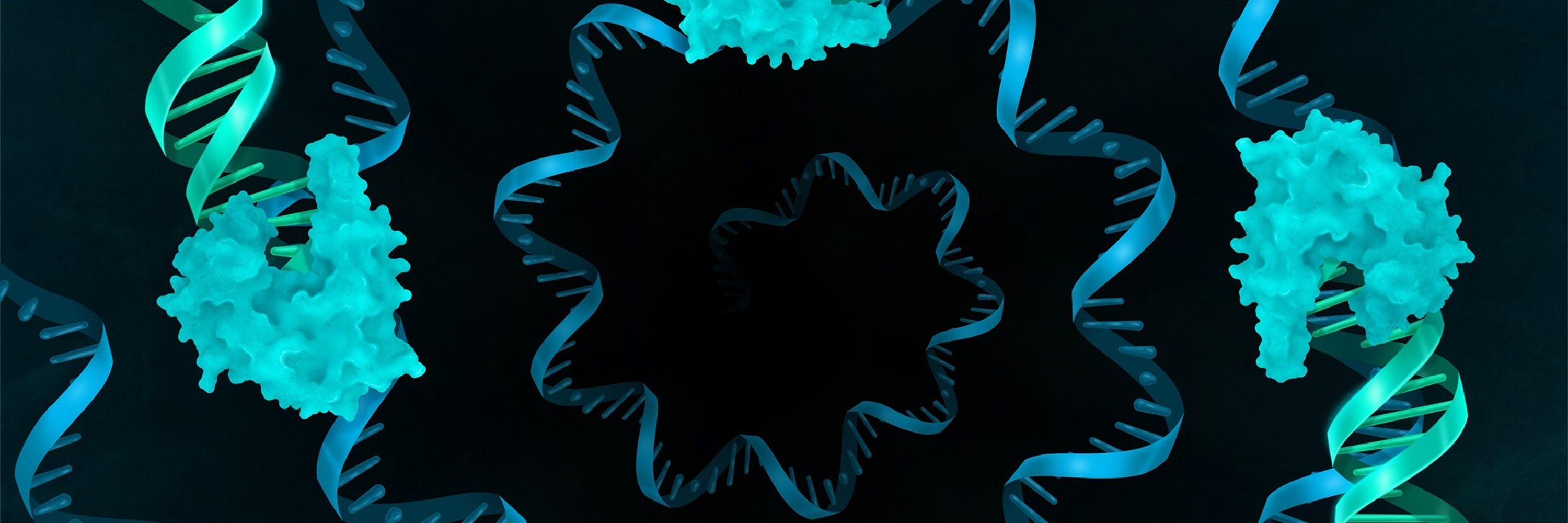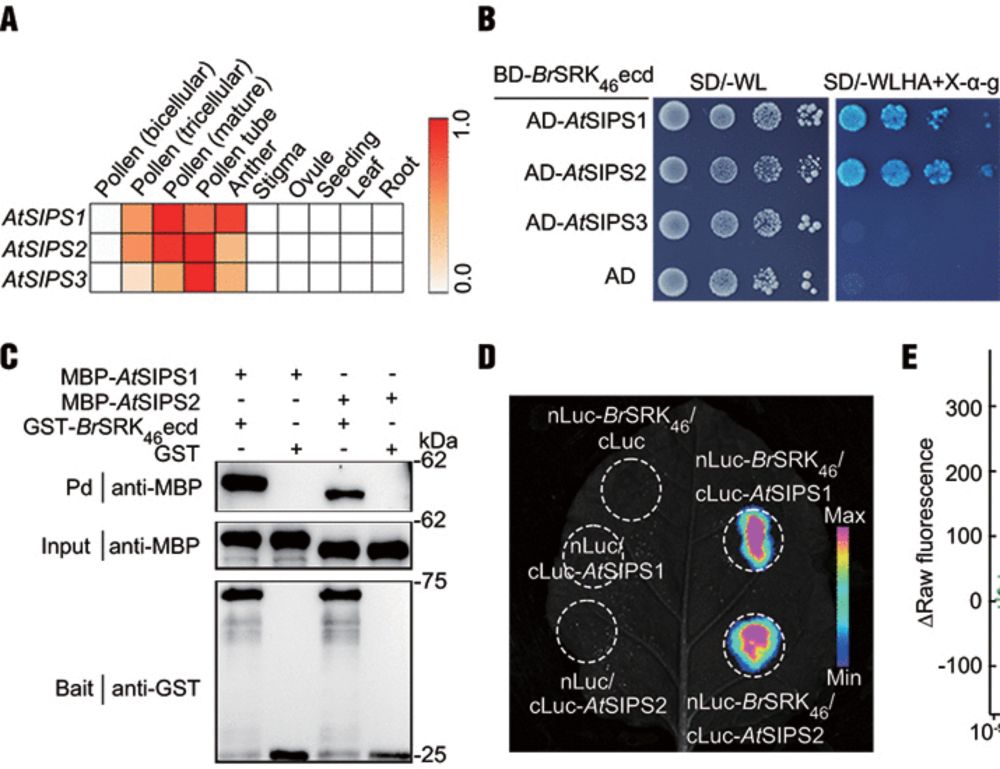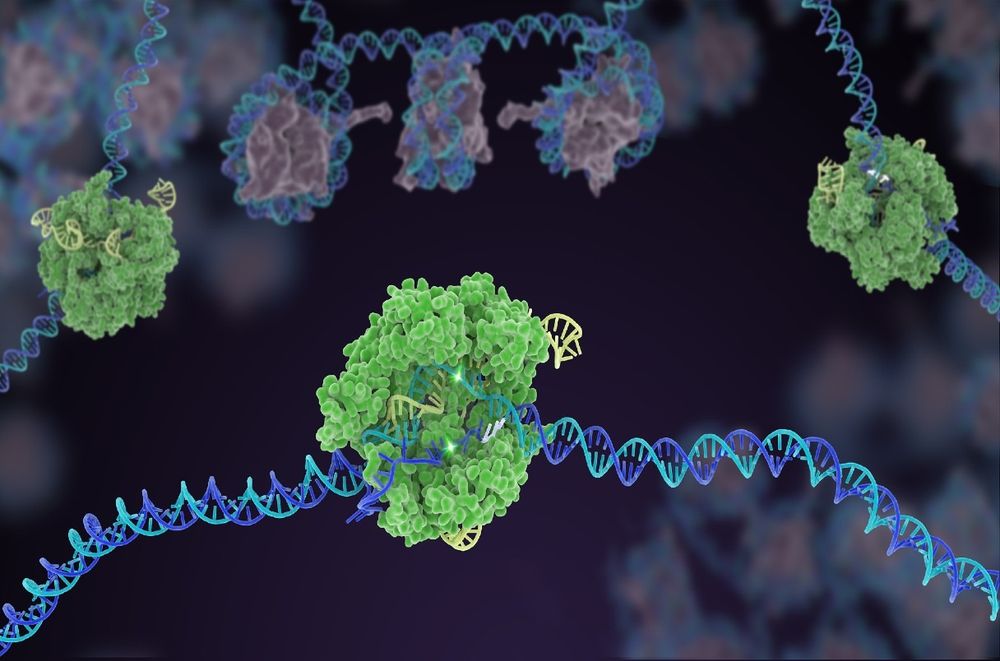

These fibers can be used to construct interwoven living transistors that mimic real neuronal connections in the brain, redefining the boundary between technology and life. Learn more: https://scim.ag/4rqTOCj



The findings suggest potential for new treatment strategies. https://scim.ag/4rjvjqA

The findings suggest potential for new treatment strategies. https://scim.ag/4rjvjqA


The marine worm’s unusually structured proboscis could inspire future soft-bodied robots. Learn more: https://scim.ag/48fVqWH
The marine worm’s unusually structured proboscis could inspire future soft-bodied robots. Learn more: https://scim.ag/48fVqWH
@science.org! 🧪 ✏️
This could be for you if you're a student from a community historically underrepresented in #journalism who's interested in in covering science for general audiences: recruiting.ultipro.com/AME1123ASEM/...

@science.org! 🧪 ✏️
This could be for you if you're a student from a community historically underrepresented in #journalism who's interested in in covering science for general audiences: recruiting.ultipro.com/AME1123ASEM/...

www.science.org/content/podc...
www.science.org/content/podc...


A pollen ligand, SIPS, binds to the female receptor, SRK. SIPS binds to a conserved region of SRK, for interspecific incompatibility, unlike the self-incompatibility factor, which binds to a different, variable region
www.science.org/doi/10.1126/...
#PlantScience

A pollen ligand, SIPS, binds to the female receptor, SRK. SIPS binds to a conserved region of SRK, for interspecific incompatibility, unlike the self-incompatibility factor, which binds to a different, variable region
www.science.org/doi/10.1126/...
#PlantScience
The system could enable safer, targeted drug treatments that minimize unwanted side effects. https://scim.ag/3LJRXrS
The system could enable safer, targeted drug treatments that minimize unwanted side effects. https://scim.ag/3LJRXrS
Learn more: https://scim.ag/4r0k0U1

Learn more: https://scim.ag/4r0k0U1

Learn more in this week’s issue of #ScienceAdvances: https://scim.ag/4r90UuS

Learn more in this week’s issue of #ScienceAdvances: https://scim.ag/4r90UuS


This could be for you if you're a student from a community historically underrepresented in #journalism who's interested in in covering science for general audiences: recruiting.ultipro.com/AME1123ASEM/...

This could be for you if you're a student from a community historically underrepresented in #journalism who's interested in in covering science for general audiences: recruiting.ultipro.com/AME1123ASEM/...

Learn more in #ScienceSignaling: https://scim.ag/3K8VYp8

Learn more in #ScienceSignaling: https://scim.ag/3K8VYp8
🎧 Listen here: www.science.org/content/podc...
🎧 Listen here: www.science.org/content/podc...

